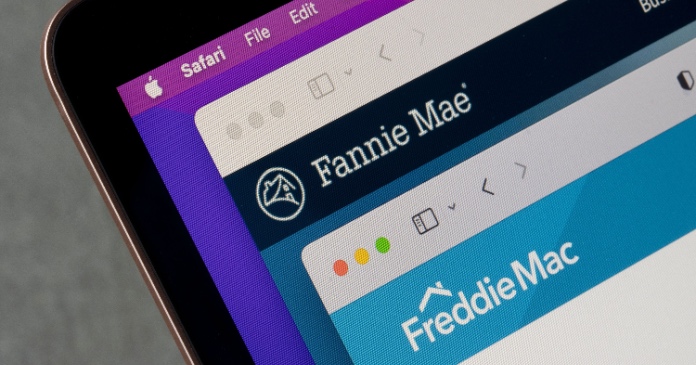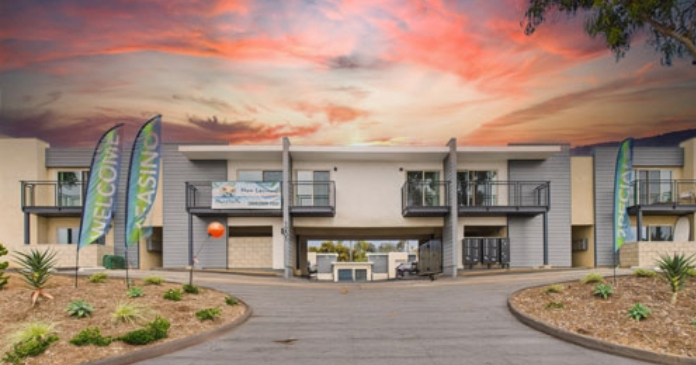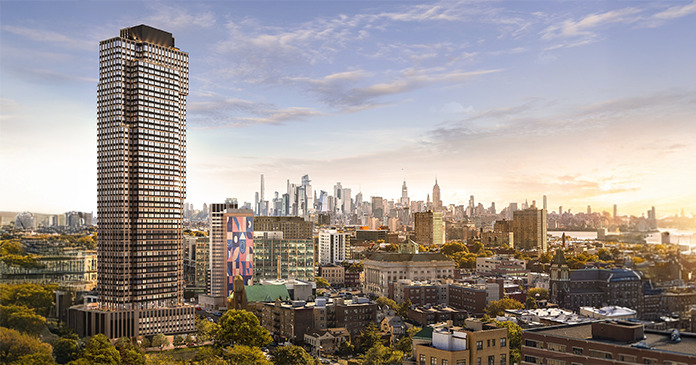Decades of underinvestment and underbuilding continue to deepen a national housing shortage decoupled from demand since the 1980s. This was recently underscored by a report released in June by the National Association of Realtors and authored by Rosen Consulting Group.
“The state of America’s housing stock is dire, with a chronic shortage of affordable and available homes needed to support the nation’s population,” the report said. “A severe lack of new construction and prolonged underinvestment have led to an acute shortage of available housing to the detriment of the health of the public and the economy. The scale of underbuilding and the existing demand-supply gap is enormous and will require a major national commitment to build more housing of all types.”
The failure of housing supply to keep up with demand has contributed to rising rents and single-family home price spikes. Housing is more often the largest expense for households, adding to a growing affordability crisis in many parts of the country.
One in four renters spend more than 50 percent of their annual income on housing, Harvard’s center for housing studies reported in 2018.
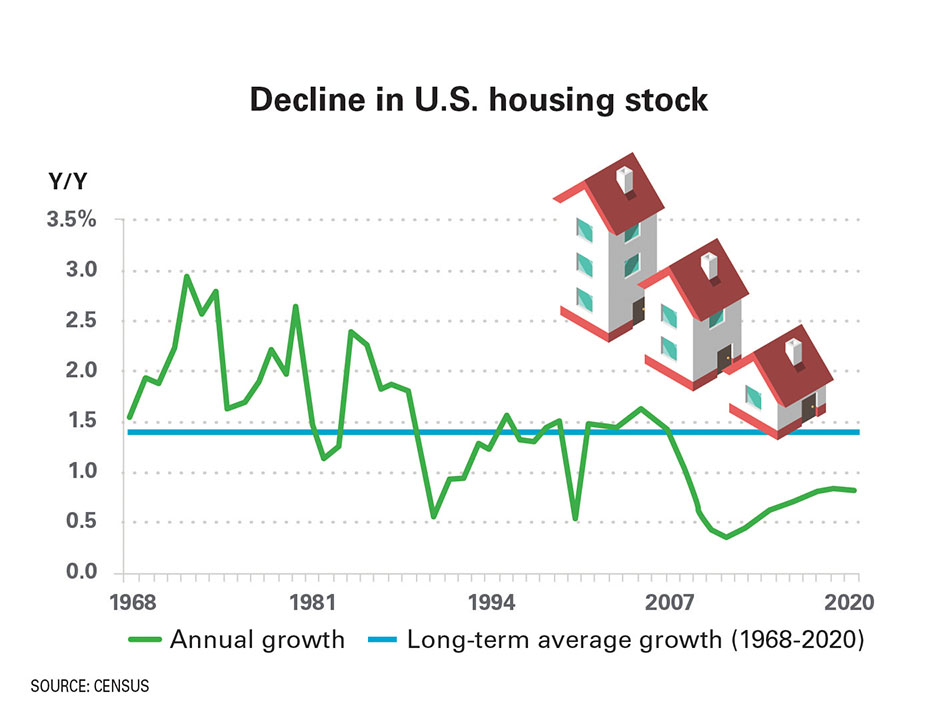
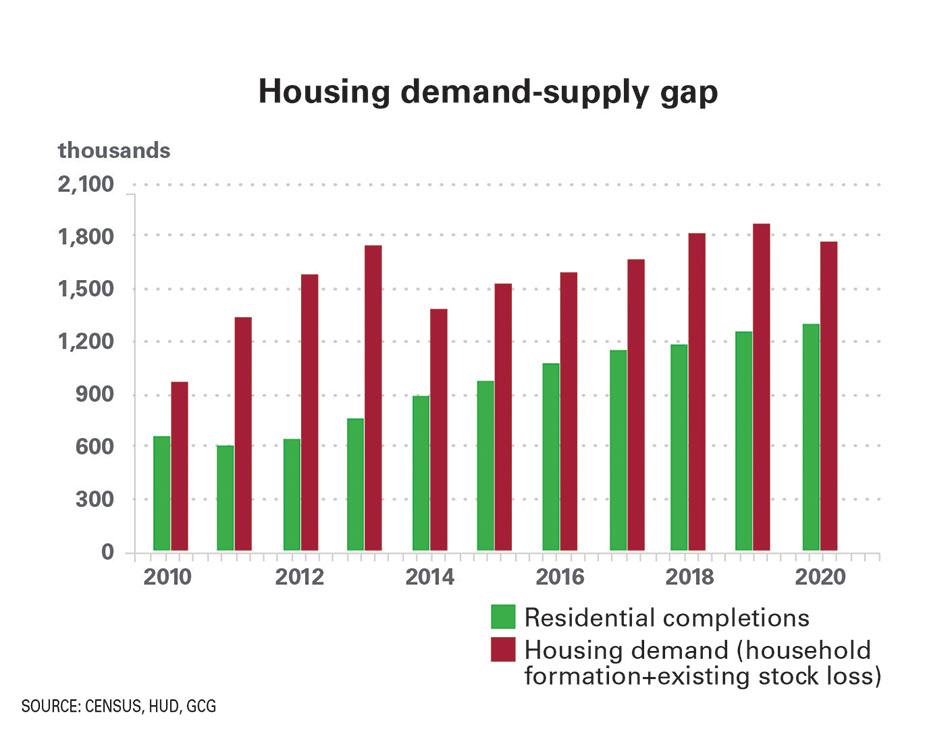
President Joe Biden’s climate change proposal seeks to attain net-zero greenhouse gas emissions by 2050. At the same time he has pledged to increase affordable housing options for low-income families.
Industry experts, making the connection between sustainability, effective operations and lower operating costs, believe renewable energy upgrades and energy efficient retrofits can reverse the rising cost of being housed and preserve affordability for renters.
“We are having discussions daily with our larger clients on how they can incorporate the sustainability programs we are offering,” said Marc Treitler, partner and general counsel for Conservice, a Utah-based full-service utility management and billing company. Conservice has been providing these solutions for single-family, multifamily, student and military housing for 21 years.
“Sustainability is not in the future. It is now, and our clients are implementing every sustainability capital improvement they can. Many are focused on procuring clean energy, minimizing waste and maximizing recycling, trying to get to zero, or purchasing carbon credits, when they are unable to attain that goal,” he said.
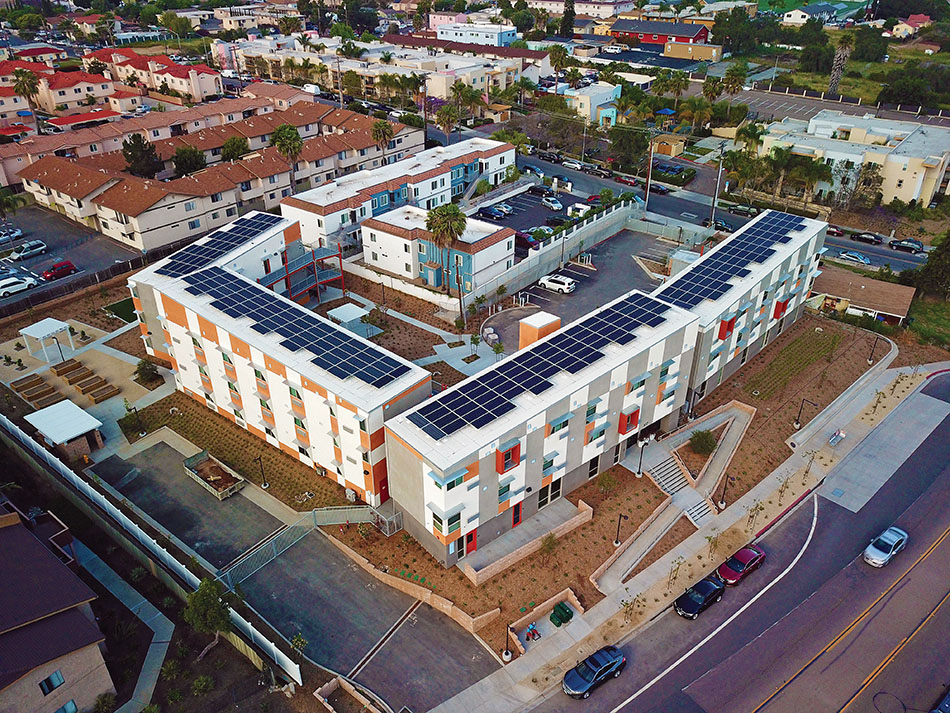
Ground zero: California
California is ground zero on the nation’s path to a sustainable built environment. The state’s Title 24, which requires sustainable energy consumption in buildings, is updated every three years. Nowhere in the U.S. are building codes more stringent. But other states are following the lead and developers who do not prepare now could find themselves struggling to comply with the new regulations coming down the pike, housing experts warn.
“Any new national mandates won’t affect California as much as other states. Because of changes in our building code in 2016 and 2019, we are already there. Developers in other states could avoid some of the pain we went through by incorporating the lessons we learned,” said Chris Killian, senior VP of construction at National Community Renaissance (CORE), a California-based affordable housing developer.
“We saw the writing on the wall and got ahead of the trend. Four years ago, we fell upon a perfect opportunity when Tim Kohut, one of the folks we worked with as an energy consultant, became available. We hired him to serve as our in-house director of sustainable design. Tim is an architect and a Certified Energy Analyst, and he runs energy models early on, based on conceptual plans, to help us understand how our projects and our preferred approaches stack up against the energy code.
“When he came aboard, we were looking at getting over the sustainability hill without breaking the bank,” said Killian.
CORE found ways to meet code requirements less expensively by using a “cost containment, high-performance” strategy. For instance, the California building code calls for rigid insulation on the outside of the structure, a costly process that can cause mold issues if not installed properly, he said.
CORE discovered it could eliminate the need for rigid insulation by constructing a robust building envelope that inhibits air transfer from the outside and by right-sizing the heating, ventilation and air conditioning (HVAC) equipment.
Too large a system will turn on and off continuously without reaching temperature set points, wearing out equipment before its time. Too small and it will strain to do its job and result in premature parts failure.
“We try to get high-performance air conditioning systems that are 1.4 or 1.5 times more efficient than what the minimum code requires, but if you have a really high-performance building envelope, you can actually make the air conditioning system smaller, so instead of having to buy a 2-ton unit you can get away with a 1.25-ton or 1-ton unit,” said Killian.
Passing on the gas
Last year, California became the first state in the nation to require the use of solar photovoltaic panels (PV) on new multifamily projects of three stories and fewer. In addition, more than 30 cities in Massachusetts and California have passed policies that either prohibit or disincentivize the use of natural gas in new construction.
But the move to full electric poses problems. Surges in electricity demand during increasingly frequent extreme cold and hot weather can contribute to fuel price spikes or outages, like the rolling blackouts and brownouts California experienced last summer.
When Conservice’s multifamily clients put in PV they also install large batteries that can provide energy during emergencies and backup power when time-of-use costs are highest, said Treitler.
“There are pretty heavy incentives for PV and batteries and we can help our clients with the process because rebates are the only thing that makes them a viable option, he said.
The move to all-electric also has developers taking another look at using electric heat pumps to heat water. This technology has improved considerably since its introduction forty years ago.
“With gas, you end up having to add a prescriptive solar thermal system on the roof to help heat the water before it’s sent through the natural gas system. Instead you can add a bit of PV and install an electric heat pump water heater instead of a gas boiler and save the cost of running a gas line,” said Killian.
When used for heating buildings, today’s heat pumps are three to four times more efficient than the highest efficiency gas-fired furnace and, because they provide both heating and cooling, also eliminate the cost of installing a separate air conditioning unit.
The only downfall is that electricity is around three times more expensive than gas, especially when rates are charged by time-of-use. In markets where solar use is abundant, rates are higher when the sun sets and PV production drops off. Even so, heat pump water heaters that are three times more efficient than the gas-fired boilers create cost parity when you factor in efficiency. Even more important, the cost of rooftop solar is now cheaper than grid-tied electricity, which makes heat pump water heating even more appealing.
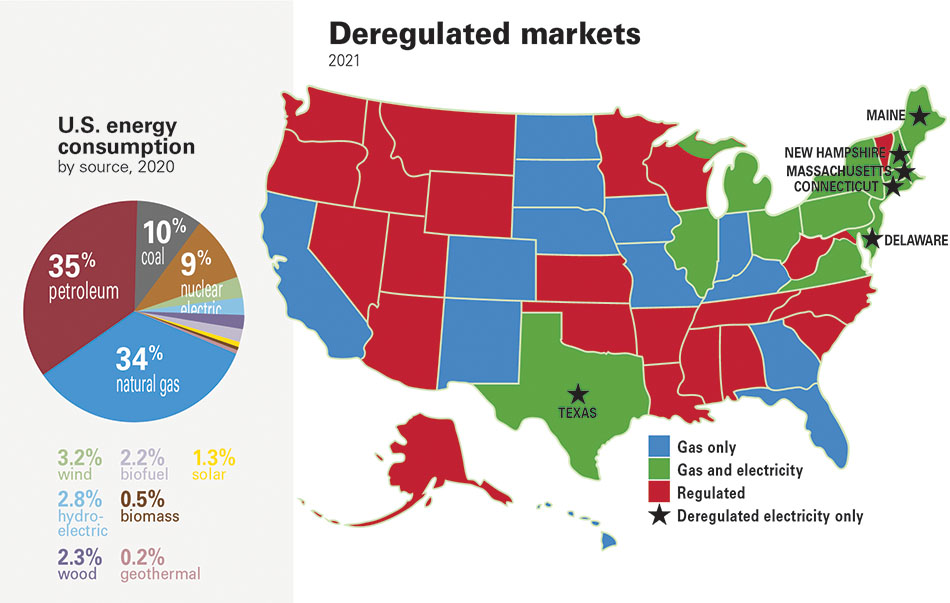
Flattening the cost curve
Complex calculations are required to determine the amount of solar needed to generate electricity and what size batteries might offset time-of-use versus gas, said Killian.
“It’s a fun game Tim and I play trying to figure out first cost versus long-term cost. But if you have the money up front and can install a robust solar system on your building, as well as batteries, which right now are very expensive for first cost, but are going down in price, you can flatten the cost curve on your utilities long term. It’s pay now or pay later, but the payback is typically around seven years, after which you are just paying a connection fee and offsetting the majority of your utility cost.
“We are going to own our affordable buildings in most cases for at least 55 years, so after year seven the buildings start delivering better positive cash flow and allow us to build reserves to take care of any issues that may arise and provide more services to residents,
“At first our investors balked at bringing additional debt onto the property to offset the cost of PV and batteries. They asked, ‘What if your assumptions are wrong.’ But we explained that we own the corporate guarantee and if it doesn’t work, we are out of pocket, not they. Now that we actually have zero-net-energy projects up and running we can show them those results in real time. We have one such project open for a year now and all our assumptions have been met,” Killian said.
There are still a few hurdles multifamily developers must clear to comply with California’s newest requirements. The state’s electric grid hasn’t been upgraded enough to handle larger PV systems and batteries, and in some cases the infrastructure at a new property is insufficient for an all-electric multifamily project.
“In those cases, we have to go down the block until we find a large enough power source and upgrade the infrastructure from that location back to our project and it’s a cost that we share with the utility company,” said Killian.
In San Pedro, where CORE currently is building a project, the infrastructure is from the 1920s-30s and even as old as turn of the last century and the company had to go even further down the block to get a sufficient power source for the project.
National CORE is under construction on 10 projects, the largest volume ever during its 26 years as general contractor. The company’s smallest project underway consists of 34 single-family homes in Riverside, while the largest is the 184-unit Crestview Terrace apartments in San Bernardino, where hard costs are running around $51 million.
Most recently, National CORE ventured into permanent supportive housing (PSH) that focuses on providing permanent shelter for at-risk populations.
Navigating the sustainable landscape
Multifamily operators often find that navigating the sustainable energy landscape requires help from utility management and billing experts like Conservice, whose energy teams monitor the regulated and deregulated energy markets and help clients maximize savings based on individual risk tolerance.
Many Conservice clients want to buy as much clean power as they can, said Treitler.
“This is largely driven by the private sector. Today, you can get better loans if you are a certain percentage of green. Investment management corporation BlackRock announced recently that its new credit facility has a lower rate if certain targets are met and a lot of investment funds will only invest in socially responsible green types of companies and projects,” he said.
Last year, Fannie Mae added solar to its Multifamily Green Rewards financing program that is available to borrowers who elect to reduce energy and water usage at their properties by 30 percent. Freddie Mac offers a similar program called Multifamily Green Advantage.
Multifamily operators typically purchase carbon offsets as a last resort if they fall short of their desired sustainability goals by installing new solar, LED lights or new windows or the procuring of clean energy through the grid, said Treitler.
In these situations, Conservice calculates the tonnage of emissions its client’s community is putting into the air and connects with companies that sell offset credits under Power Purchase Agreements (PPAs).
“There are companies all over the world that offer these credits. For instance, if you pay $20,000 for a certain amount of carbon offsets, an offset might be to plant the number of trees needed to remove that amount of carbon from the air,” said Treitler.
In regulated markets property owners are bound to the utility in that area. In deregulated electricity markets, other generators, who own power plants and transmission lines, compete for property owners’ business.
“Our clients in unregulated markets have more flexibility to get green energy. In Texas, you can specify that you want energy to be produced by green sources and buy electricity that is certified to have been produced by solar, wind and/or dams.
“In deregulated areas, we present bids and, if they want to focus on clean, we will show them what percentage of that bid is coming from clean sources,” he said.
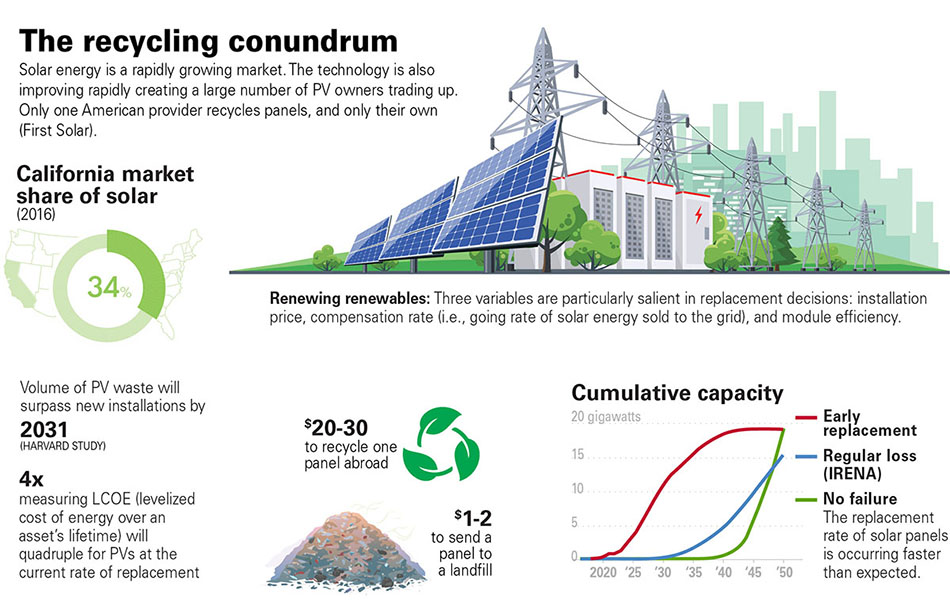
Utility billing
Electric companies in deregulated states offer a variety of rates.
“Normally it’s the contractor who chooses a rate for the property during construction. After the property is built and the usage amount is established, we frequently find there is a much cheaper rate for the owner and the tenants, so by doing rate analysis and audits we have saved for our clients over $10 million on just that piece,” said Treitler.
Handling billing for clients who either include utility costs in the rent or pass those costs on to the residents is Conservice’s bread and butter business.
“We manage a lot of solar installs for affordable multifamily operators and we also manage their utility bills, so even though we might not be billing the tenants, we still audit hundreds of affordable properties’ utilities bills for late fees and costly errors. We have saved our clients another $10 million in billing errors alone,” said Treitler.
Treitler is expecting a squeeze on energy consumption. “The Environmental Protection Agency has spent five years getting everyone to report their energy usage—some states now mandate it—and now there is the talk about, ‘Well why don’t we get property owners to improve their energy usage,’ and to do that they will need to have more capital investment,” he said.
What is clear is that there will be an increased focus on energy efficiency and on reducing carbon emissions in the years ahead. Multifamily developers and operators will need to plan for how they are going to meet the demands of this new environment.
Author Wendy Broffman



